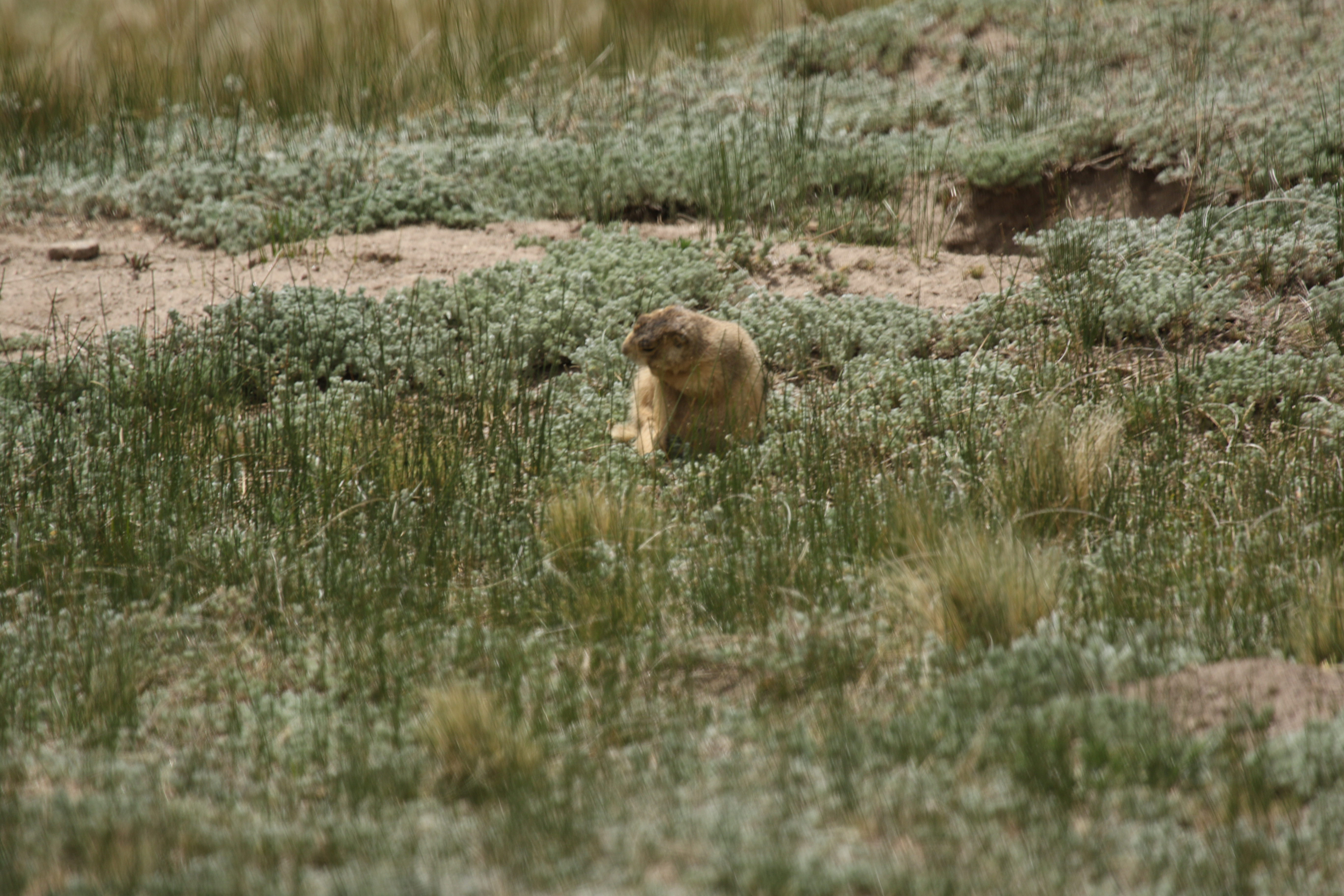The Prairie Dog Project
our subject
The Prairie Dog
The prairie dog (Cynomys spp.) is endemic to western North America. Four species (the black-tailed, white-tailed, Utah, and Gunnison's) are found ranging from North Dakota to northern Mexico, with a fifth species (the Mexican) in central Mexico. Prairie dogs are charismatic colonial rodents best known for their grassland burrow systems and their barking alarm calls; hence the moniker. While living in a colony presents constant competition for resources, higher potential for disease outbreaks, and other interspecific challenges, the benefits are well-documented and conspicuous among prairie dogs, offering safety in numbers, cooperation at critical life stages, and for researchers, a dynamic social landscape to explore.



























In these pages, you'll learn more about what makes a prairie dog a prairie dog, exploring topics like polyandry and the mating system, infanticide and cannibalism, the challenges of being a prey animal, and the unique ways prairie dogs communicate. The more we understand about these species, the better we can inform their conservation and the management of grasslands in the United States.









